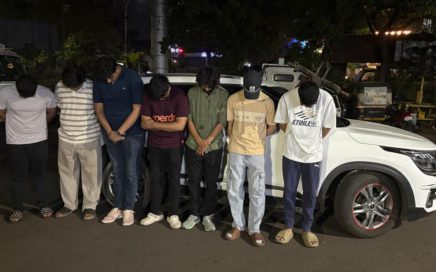
Players fight against weather conditions in addition to competing against their opponents. The most challenging playing conditions occur during important tournaments, making it harder for players to perform under extreme heat or cold. Fatigue creeps in faster, muscles tighten, and focus fades. Outstanding players encounter problems when the climate becomes very challenging. Bettors must focus on more than just the player list when making their bets.
Temperature Extremes and Physical Fatigue
The heat poses as serious an obstacle as any opponent in soccer matches. During the 2014 World Cup games in Brazil, temperatures reached beyond 30°C, combined with 60% humidity. Many fans of an online betting site noticed how the weather influenced match outcomes. Around mid-match, Cristiano Ronaldo showed apparent fatigue because his sprinting speed decreased by 15%. The body loses fluids quickly, which impacts how well a player thinks and moves.
The combination of extreme weather and warm temperatures lengthens muscle pain and increases the risk of injuries. During Qatar 2022 soccer matches, players received additional water breaks because their performance declined rapidly without them. The extreme weather conditions made teams adjust their plans each match day.
Cold Weather and Muscle Injuries
Strange as it may sound, biting cold air is quiet and deadly when controlling muscles. During the winter tournaments and northern qualifiers, players tend to deal with more stiffness and strain.
This is how the cold impacts footballers:
- Slow muscular activation leads to slower reaction times
- Increased stiffness within joints elevates the chances of ligament sprains
- Reduced temperatures increase the probability of first-half injuries due to insufficient warm-up effects
Take Euro 2012, held in Poland and Ukraine, for example. Teams reported a 20% spike in damage-related injuries vis-à-vis the last tournament. Do not be deceived; cold weather does a lot more than alter the game; it fundamentally changes the list of injuries.
Climate Adaptation Strategies by National Teams
High-performing teams take complete control over their operations, including preparation for weather changes. Coaches develop person-specific preparation plans that help players adjust to training conditions present in their local environment. Like in a live casino, where timing and strategy matter, these methods give teams a real advantage under pressure. These survival methods improve team strength and performance because they become essential resources during trophy competitions.
Acclimatization Camps
The German national team started heat training earlier than in the 2014 World Cup to prepare for South American weather conditions. They chose South Tyrol due to its summer heat, which closely matched Brazilian climate conditions for training. They practiced in conditions that matched Brazil’s game schedule by running during peak heat and enduring heat exposure while recovering under supervision.
That choice paid off. Germany performed better in playoff matches while other teams faded in performance. Portugal and the USA suffered heat exhaustion during group games as they failed to keep up with their opponents. The German national team maintained its peak performance by staying physically strong throughout the tournament. Their mountain preparations formed a deliberate competitive advantage rather than just good fortune.
Nutrition and Hydration Plans
Top-level teams now monitor players like machines. Spain tracks how much fluid athletes lose during workouts using sweat patches and digital monitors. They monitor player requirements by providing specific sodium, magnesium, and glucose balance solutions. One-size-fits-all? Not in elite football.
Players in Qatar 2022 matches observed particular intake procedures by drinking before, during, and after their warm-up period. The team consumed cooling gels with fluids containing salt and easy-to-digest carbohydrates to maintain their energy levels at 35°C: small changes, massive results. A single leg cramp can lead to a lost goal during knockout tournaments. You will find a nutrition professional working extra hours to support champion-level footballers.
Impact on Match Scheduling and Game Tempo
The extreme heat breaks the standard timing rules of the match. Teams in Qatar 2022 started matches at 10 PM to protect players from the dangerous midday heat. These adjustments directly impacted how teams used their playing strategies. The usual high-pressure intensity dropped. Sprints were shorter. Ball circulation slowed. Players maintained long-distance running methods instead of sprint-style racing.
Substitutions also came earlier. Coaches did not adjust strategy but rather shielded their players from heat-related illnesses. During the second half of matches, players are designated cooling periods to recover before continuing play. Those tiny pauses? They changed match rhythms. Teams used these pauses to end present movements and change their playing style. The weather was an essential decision-maker in all competitive matches, without taking obvious action.
Why Weather Always Wins in Football
The final results come down to natural conditions without exception. You cannot escape the intensity of heat waves or survive the cold wind by running away. Weather consistently impacts football games by changing their entire course. The best teams know it. A smart bettor always remembers this critical fact.

















